June has arrived and is bringing us the ‘hottest ’ summer ever. We are in a stage where the demand for water is very high. Do you know how much water we consume every day? Which measures contribute to improving water efficiency? Here is the quiz, and you will find the answers in our article.
How much water does a human being use per day in urban area?
How much water does an office building with 1000 employees use per day?
In daily family life, water consumption is mainly related to faucets, showers and other sanitary ware. Using a tap for one minute can consume 5-7L water, showering a minute for 9-12L, and single flushing the toilet can go up to 6L. According to our research on the water consumption habits of more households and the multiple data collection, in some more developed cities with relatively rich water resources, a person can consume about 300L of water per day. Maybe you have no idea of what it means, then we can take a look at the situation of water resources in China.
China is one of the most water-scarce countries in the world. The per capita water resource is less than 2,100m3, which is only 25% of the world’s per capita level. Under severe water shortage conditions, China’s water efficiency is very low, yet the water recycling & reusing rate is less than half of that in developed countries.
Facing such a serious situation, what good practices can we adopt in the design stage to reduce indoor and outdoor water consumption and improve water efficiency?
Water saving for building assets
According to the design standard of water quota for office buildings, the average daily water consumption for an office building of 1,000 occupants & utilization of 8-10 hours per day is 40,000 L.
As a designer or a building’s owner, maybe you are conceiving a highly water-efficient building or you want to improve your existing building to a “zero water consumption” asset, which measures are applicable?
Reduce – recycle – reuse
1. Water metering, BMS water monitoring and controlling
Install a sub-meter to monitor each water-consuming plant for divers’ use (sanitary, kitchen, cleaning, laundry…) and connect to BMS for monitoring of water consumption and detect water leakage. BMS could also connect to an electromagnetic valve to control the water flow.
2. Water efficient fixture
Choose a water-efficient fixture and a new-tech waterless fixture.
- Waterless urinal
This kind of urinal needs no flushing and can save quantities of water and significantly reduces sewage and maintenance costs.
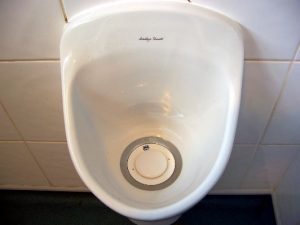
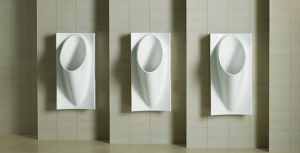
- Tank-less toilet
A tankless toilet is a new type of water-saving toilet without a tank, which uses municipal water or an internal pump to flush directly. It makes full use of water pressure from municipal pipes. According to the infrared sensor, the full flush uses 2-3 L/flush and the half flush uses 1-2L/flush.
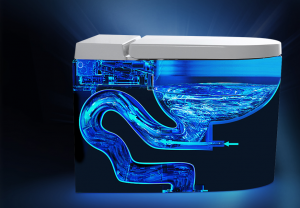
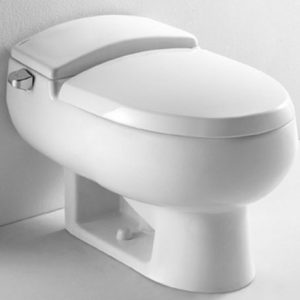
- One piece hands washing sink toilet
This type of toilet lets you wash your hands with the water used for flushing. The water after washing hands will fill the tank for the next flushing.
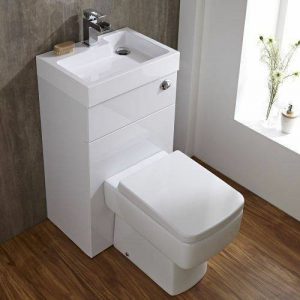
- Automatic faucet and/or aerator
Use an automatic faucet and /or aerator to avoid unnecessary water running.
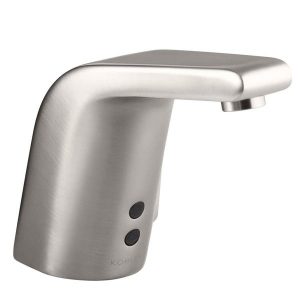
3. Water treatment and recycling system
- Rainwater harvesting system
Rainwater harvest system refers to the whole process of rainwater collection and reuse. The rainwater cistern could be installed outside or in the basement. The collected rainwater could be filtered and used for replenishment of indoor water reuse.
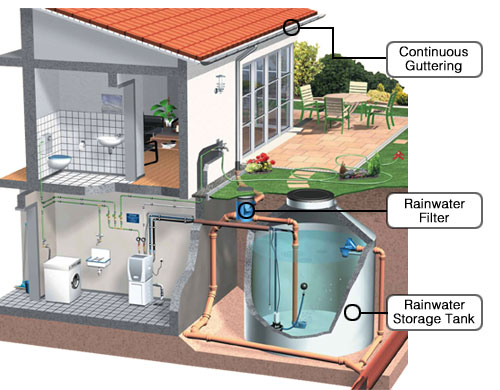
- Greywater recycling system
Typically, greywater treatment is used as primary greywater treatment to remove dissolved and suspended biological matter, followed by ultra-filtration to prevent particles, bacteria and viruses from passing through. Ultimately, greywater can be disinfected to ensure residual disinfection at point-of-use.

- Complex water purification system
The complex water purification system is more like a bespoke process that treats the water according to the demand of users for different end uses. More performant devices such as Ultraviolet disinfection and chlorination equipment are needed and the quality of treated water must go through a series of tests to conform with the relevant regulations before getting in contact with human beings.
Want to get more information about water efficiency strategies? please do not hesitate to contact us at contact@teraochina.cn. We will be very happy to help you to optimize the water efficiency and sustainability of your assets.


![[Expertise] How to conduct an energy audit to identify areas of energy waste in business](https://teraoasia.com/wp-content/uploads/2024/06/Expertise-1-150x150.jpg)
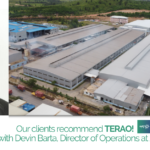
Leave A Comment